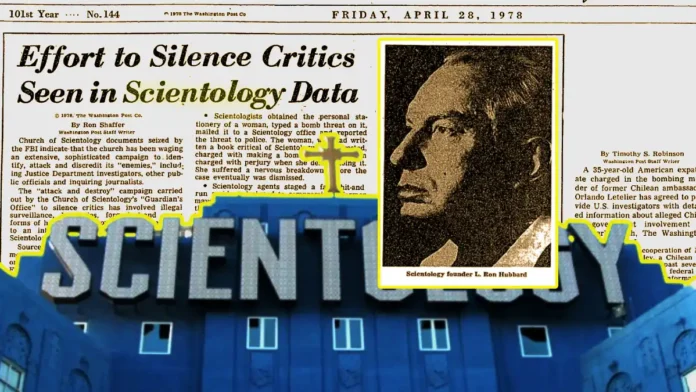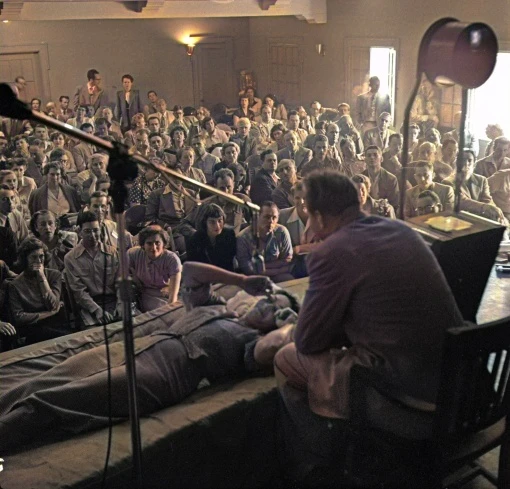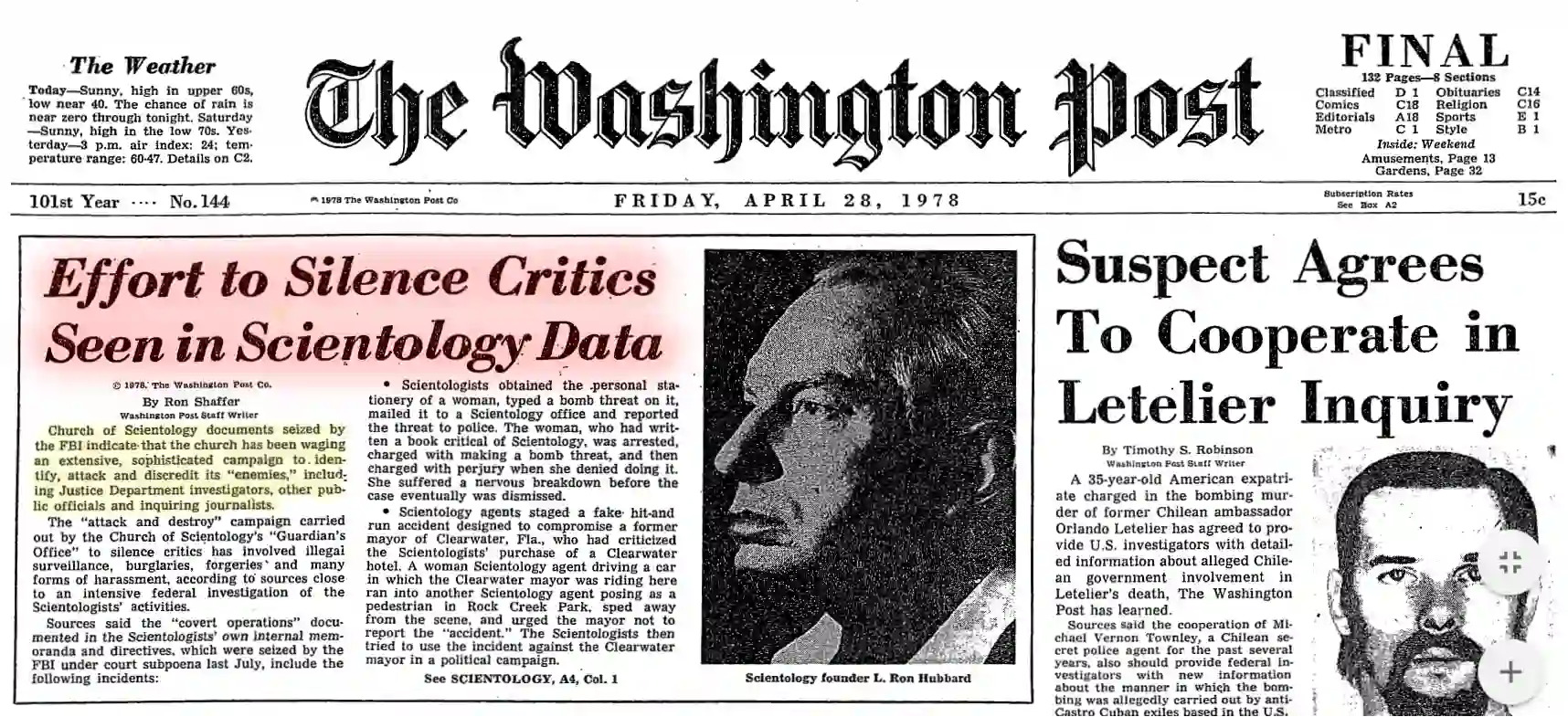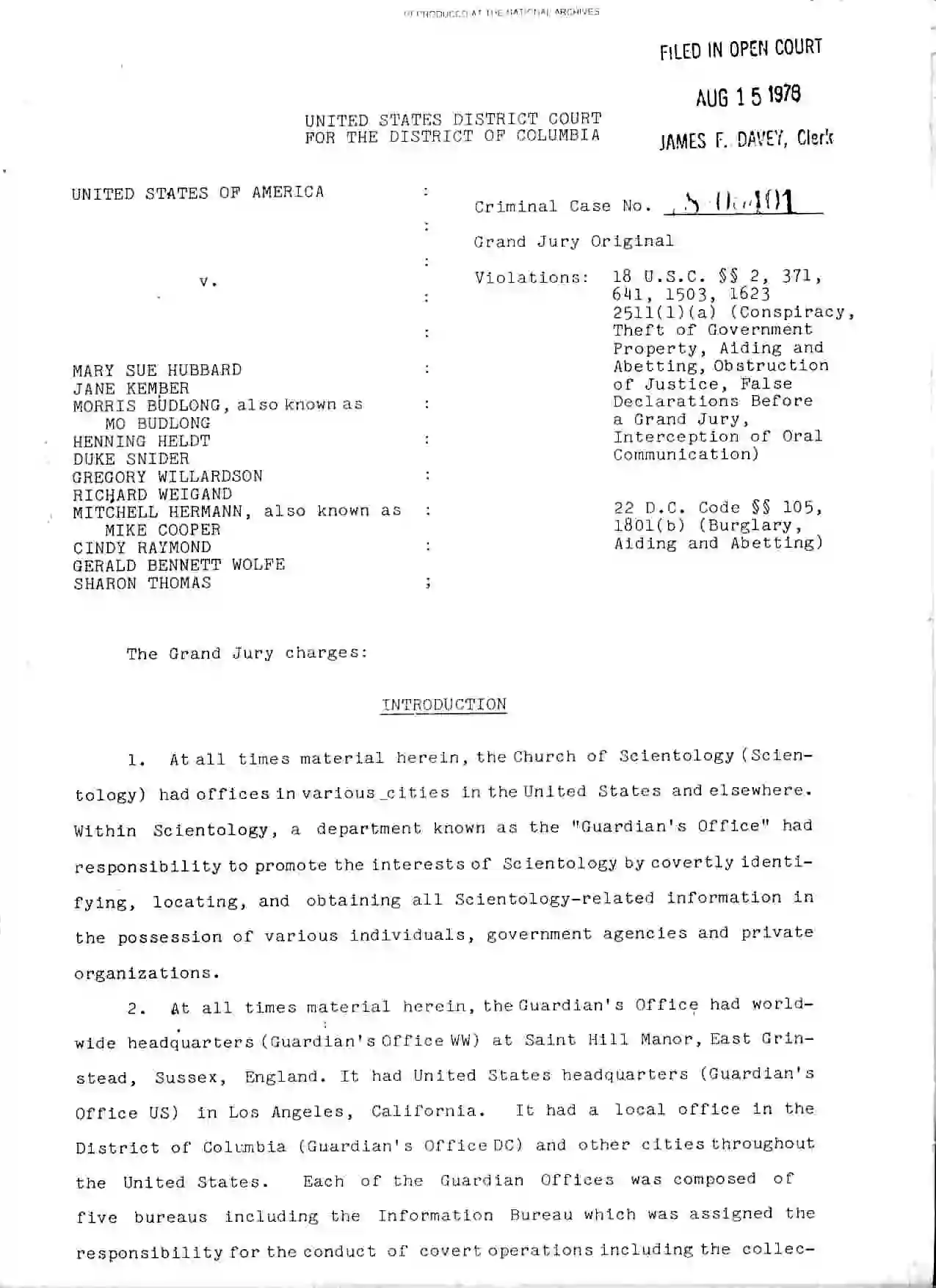
Almost all of us are familiar with the stories of espionage agents like Mata Hari, Julius, and Ethel Rosenberg – people whose stories are as exciting as the plot of any Hollywood spy movie. These agents became popular and inspired many people to give their best for their country even under the most adverse circumstances. But there are some stories also that even the people involved would like to forget. These unforgettable stories often become taboo for most historians and a source of shame for the victims. One such story is Operation Snow White. It was an operation planned and executed by the Church of Scientology to infiltrate the United States government and destroy records that they believed were part of baseless government attacks on their beliefs and organization. Learn how a group of brain-washed followers of a cult managed to pull off a feat that even the mighty Soviets or the clever Chinese Communists could not achieve.
Contents
Origine of Operation Snow White

The roots of Operation Snow White can be traced back to the early 1950s, with the founding of the Church of Scientology by L. Ron Hubbard. Scientology, a religion considered a mixture of Pure Psychology and Pseudoscience, positioned itself as a means to achieve personal and spiritual enlightenment through a process known as “auditing”. Despite its growing popularity, the church faced significant scrutiny and criticism from various quarters, including the government due to their unconventional and sometimes controversial practices.
By the late 1960s and early 1970s, Scientology had amassed a substantial following in youth and intellectual circles, but also a plethora of negative attention. The Internal Revenue Service (IRS) revoked the church’s tax-exempt status in 1967, triggering a series of lawsuits and administrative battles. Moreover, various government agencies, including the FBI and CIA, had opened investigations into the church’s financial and social activities, suspecting them of illicit practices.
Hubbard, feeling cornered and sensing a grand conspiracy against Scientology, devised a plan that would come to be known as Operation Snow White. Named after the fairytale character whose purity is central to the story, this operation aimed to cleanse government files of any harmful information about Scientology and its founder.
How did Snow White progress?
Operation Snow White was put into motion by Guardian Order 732 of L. Ron Hubbard in 1973. Mary Sue Hubbard, L. Ron Hubbard’s wife, and second-in-command in the Scientology church’s hierarchy was responsible for the operation. The plan involved placing church members in various government agencies to access, photocopy, and ultimately destroy or alter records unfavorable to Scientology.
To execute this plan, the church wanted highly dedicated and trusted members for which they started interviewing several church members. In the end, a young and intelligent Scientologist Gerald Bennett Wolfe was chosen as the first agent for the operation. After that many other agents were recruited for the same, these members infiltrated numerous agencies, including the IRS, the Justice Department, and even the U.S. Coast Guard. The level of infiltration was extensive; at its peak, Scientology operatives were present in over 136 government offices.
The Break-ins
One of the most audacious aspects of Operation Snow White involved breaking into government offices to access sensitive documents. These operations were meticulously planned and executed. For example, in June 1976, Scientologists broke into an IRS building in Washington, D.C., after hours. They picked locks, disabled alarm systems, and photocopied thousands of documents. This heist was part of a broader strategy to identify and purge files that contained derogatory information about the church.
In another instance, operatives infiltrated the U.S. Attorney’s office in Washington, D.C., and planted bugs to gather intelligence on ongoing investigations into Scientology. These actions were part of a larger pattern of criminal activity that included wiretapping, burglary, and theft, all aimed at protecting the church’s image and ensuring its survival.
Internal Operations of Scientology
Internally, the church had a sophisticated command structure for Operation Snow White. Mary Sue Hubbard oversaw the operation, while other high-ranking officials, such as Jane Kember, the Guardian Worldwide, coordinated international efforts. The Guardian’s Office, a church branch responsible for intelligence and legal affairs, was the primary body executing the operation.
The church also used a system of coded messages and secure communications to ensure that details of their activities remained secret. Operatives used aliases and employed counter-surveillance techniques to avoid detection. The level of organization and discipline within the operation was comparable to that of a professional intelligence agency.
Inquiry into the activities of the church

Despite their careful planning, the activities of the Church of Scientology did not go unnoticed. In 1977, the FBI investigated the church’s activities following tips from former members and suspicious activities reported by government officials. The investigation culminated in one of the largest raids in FBI history.
On July 8, 1977, the FBI conducted simultaneous raids on Scientology offices in Washington, D.C., and Los Angeles. Agents seized over 48,000 documents, proving the church’s illegal activities. The sheer volume of the material uncovered painted a damning picture of a widespread and systematic attempt to undermine and infiltrate government institutions.
The Legal Fallout of Scientology

In 1978, a grand jury indictment was issued in the case of United States v. Hubbard. This indictment charged Mary Sue Hubbard, along with several other members of the Church of Scientology, with multiple violations of federal and District of Columbia laws, including:
- U.S.C. 18 §§ 2 (Aiding and Abetting)
- U.S.C. 18 § 371 (Conspiracy)
- U.S.C. 18 § 641 (Theft of Government Property)
- U.S.C. 18 § 1503 (Obstruction of Justice)
- U.S.C. 18 § 1623 (False Declarations before a Grand Jury)
- U.S.C. 18 § 2511(1)(a) (Interception of Oral Communication)
- 22 D.C. Code §§ 105 and 1801(b) (Burglary, Aiding and Abetting)
These charges were part of a broader investigation into illegal activities conducted by members of the Church of Scientology.
The raids and subsequent investigations led to the indictment and prosecution of eleven senior Scientologists, including Mary Sue Hubbard. In October 1979, these individuals were convicted of charges including conspiracy, burglary, and theft of government property. Mary Sue Hubbard was sentenced to five years in prison, although she served only one year before being released on parole.
L. Ron Hubbard, who was named an unindicted co-conspirator, went into hiding and remained out of the public eye until he died in 1986. The church faced significant fines and legal fees, and its reputation was severely damaged by the scandal.
The Impact on Scientology
After the whole operation became public, the church members and administrators quietly distanced themselves from it. The typical response from the church was that the Guardian’s Office had been infiltrated by government agents who set them up to belittle their holy Church. At other times, church officials claimed their agents “had done nothing more serious than steal photocopier paper.”
Internally, the church underwent significant restructuring. The Guardian’s Office was disbanded, and its functions were absorbed into the Office of Special Affairs, which was tasked with handling legal and public relations issues. This reorganization aimed to distance the church from the criminal activities of Operation Snow White and to create a more positive public image.
Conclusion
Operation Snow White stands as one of the most audacious and controversial episodes in the history of the Church of Scientology. The extensive infiltration of the U.S. government by Scientologists, driven by a desire to protect their organization and faith, resulted in significant legal and reputational consequences. The scandal highlighted the complex interplay between religious freedom, legal accountability, and the power of belief.
On the other side, it also exposed the vulnerability in the security of the United States federal and state governments. Government officials now had to rethink their entire approach to security. This event is now remembered as a moment when the United States government failed to stop some brainwashed religious fanatics from compromising their organizational security.
Also Read:
Sources
- “5 Scientologists Get Jail Terms in Plot on Files; Leaders Fined.” The New York Times, 7 Dec. 1979. NYTimes.
- “Church of Scientology.” Time, 22 Jan. 1979. Time.
- “Church of Scientology.” FBI Vault. FBI.
- “Operation Snow White Documents.” Lisa Trust. Freewinds.
- “United States Grand Jury Indictment of Scientology Officials.” Lermanet. Lermanet.
- “Guardian Office Orders.” Operation Clambake. Xenu.
- “Church of Scientology Appeals.” Operation Clambake. Xenu.
- United States of America v. Jane Kember, Morris Budlong, Sentencing Memorandum. Wikisource. Wikisource.
- “What Is the Guardian Office?” Scientology FAQ. Web Archive.
- Weller, Robert. “Scientology Leadership Charged with Theft.” Los Angeles Times, 24 June 1990. LATimes.
- “Stolen Documents Reported Found in F.B.I. Raids on Scientologists.” The New York Times, 10 July 1977. NYTimes.
FACT CHECK: We strive for accuracy and fairness. But if you see something that doesn’t look right, please Contact us.
DISCLOSURE: This Article may contain affiliate links and Sponsored ads, to know more please read our Privacy Policy.
Stay Updated: Follow our WhatsApp Channel and Telegram Channel.















